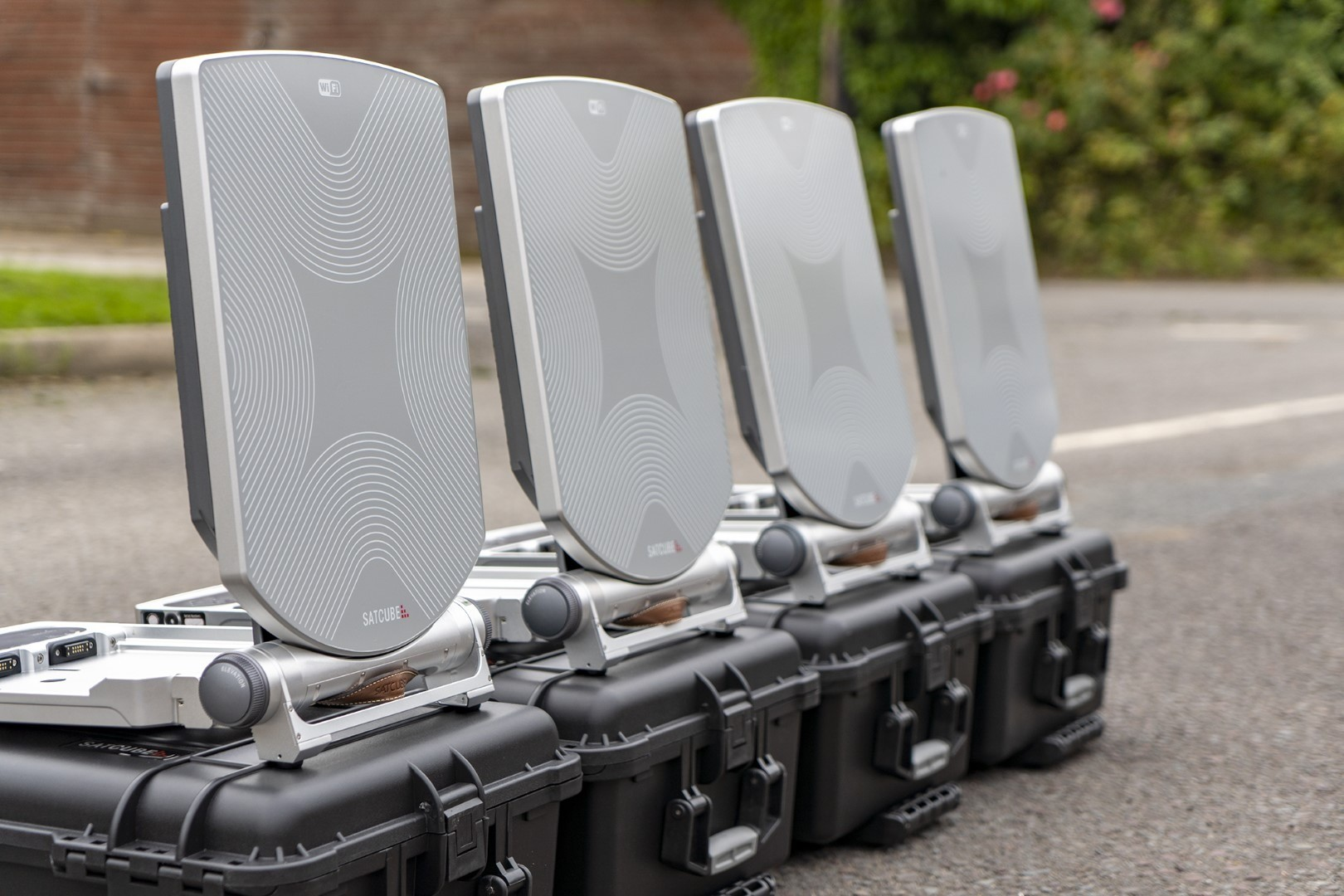Abstract
A tracking head to follow LEO satellite arcs with an approx 10kg flat panel antenna. This tracking head would likely be 3d printed with simple off the shelf components as motors (stepper motors) and an openly programable controller. It should be able to reliably move and point a 10kg flat panel antenna similar to that offered by Satcube Satcube at a relatively low orbit satellite.
Problem Statement
Most small Ku-Ka band antennas are not motorized for automatic tracking of non GEO satellites. There are several satellites of interest, think university cube sats, moving too fast to downlink with small portable antennas that are easily deployable. Larger antennas are prohibitively costly and large to relocate to areas of interest. A low cost tracking head, similar to one that might have been used to track the recent solar eclipse with a telescope, could allow these types of antennas to track a known object in a lower orbit.
Proposal
Design, program, and test a low cost tracking head using off the shelf parts, 3d printed parts, or a combination there of, that can be attached to the top of a tripod or similar mobile mount and reliably point a commercial 10kg panel antenna at a fast moving orbiting object. This design should be able to be manufactured, assembled, and operated by a non-expert with moderate technical and mechanical knowledge.
Challenges and Unknowns
10kg is a lot of weight to manage without backlash.
3d printed parts with standard materials may have too much flex or fragility to manage the weight or expeditionary environment.
Stronger 3d printed materials may require more advanced printing capabilities.
Are flat panel antennas sensitive to rotation during translation for maintaining connectivity.
Are there other ways to solve the tracking issue without moving the antenna itself?

 OUSD Research and Engineering
OUSD Research and Engineering  West Point
West Point